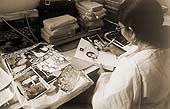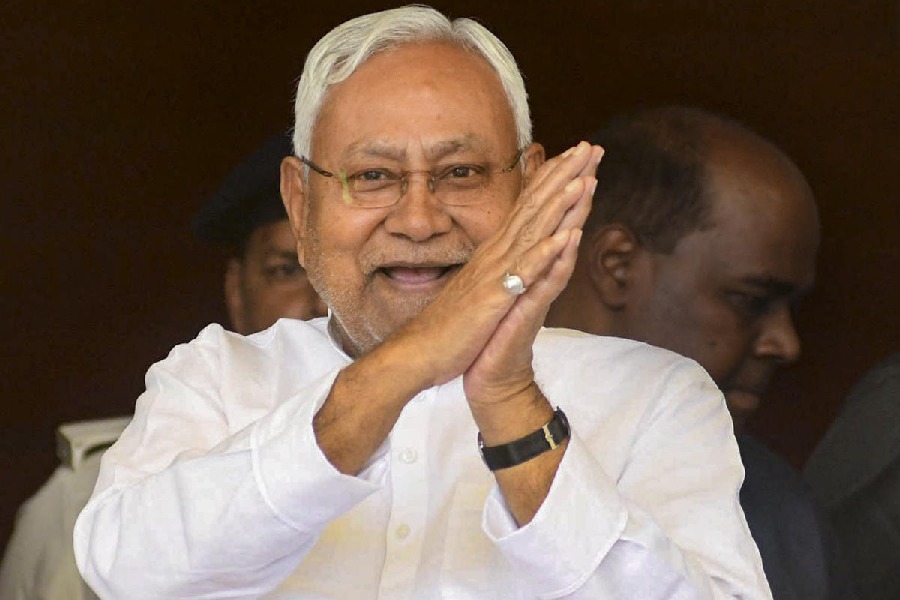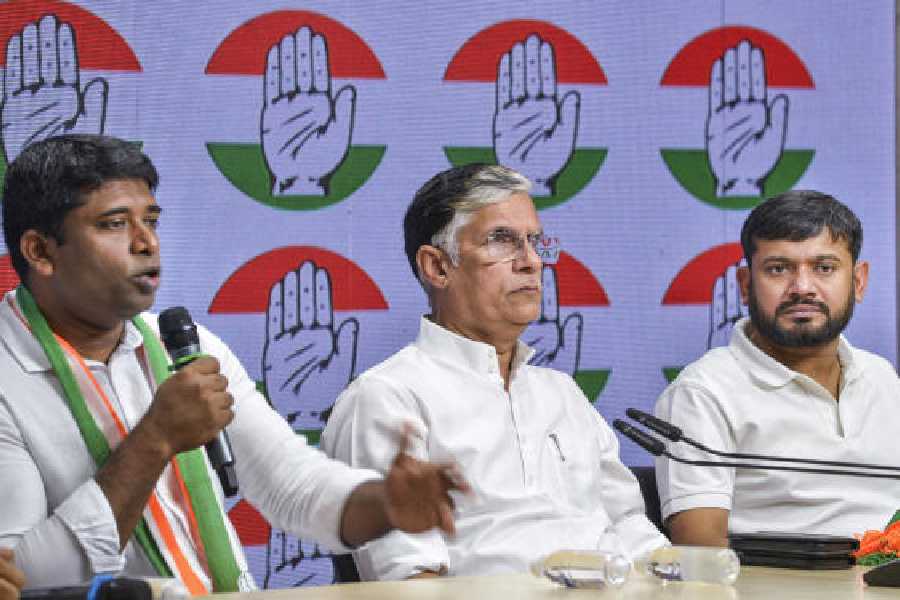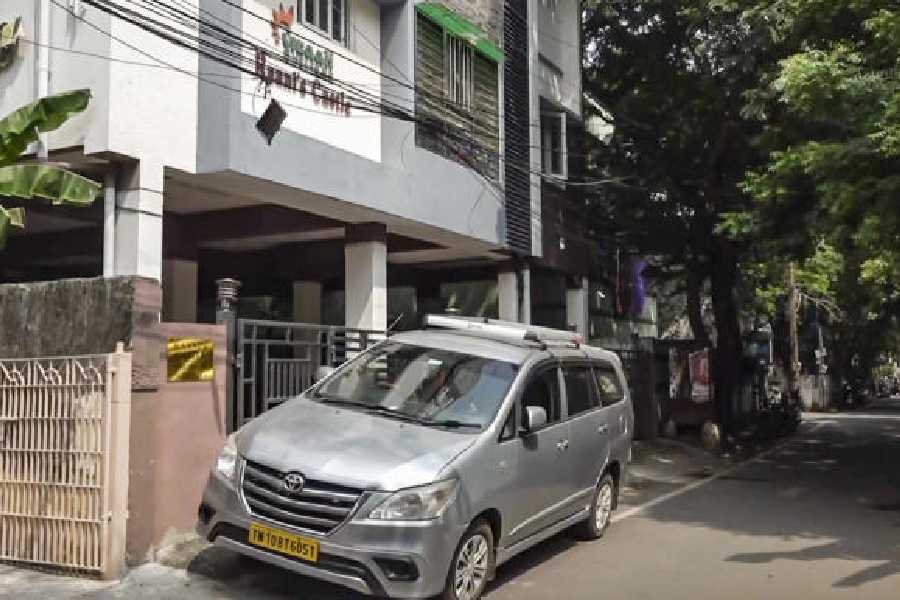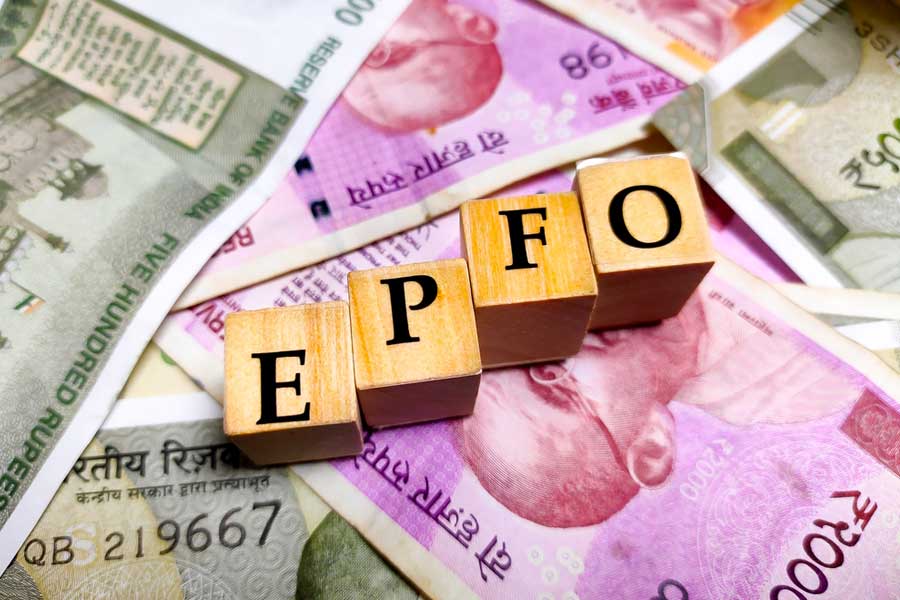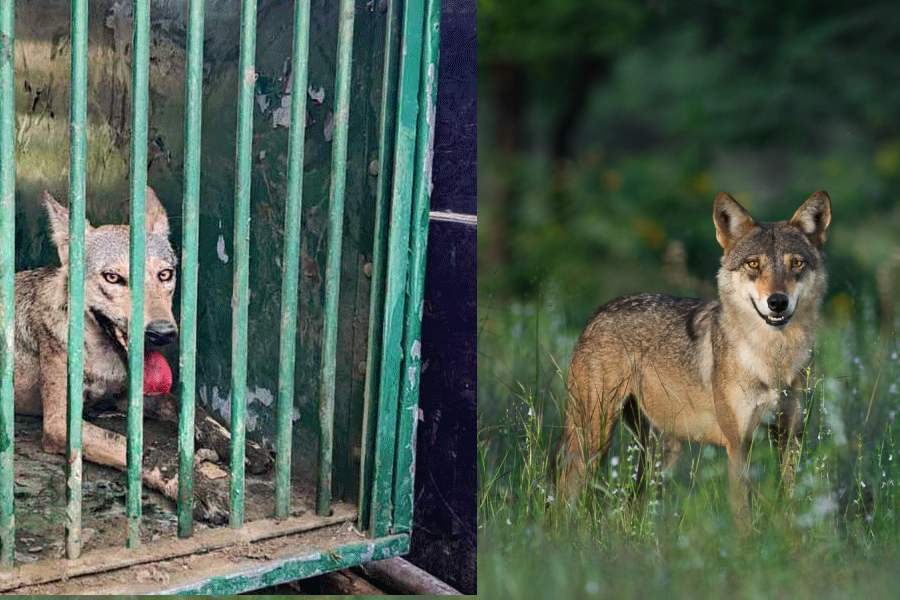 |
 |
| WOMEN OF SUBSTANCE: SPARROW member archiving photos (top); C.S. Lakshmi (fourth from left in front row) and her team |
»“My husband asked me to choose between him and the theatre. And I chose the latter. After that he never came to the theatre. Never saw me either. That was it. I was pregnant then. There was no other meeting, no other conversation … that was the end of my family life …”
»“I was born into a Dalit tamasha artiste’s family which toured villages. As a child, I was sent out to beg after every tamasha performance ...”
»“My father, a schoolteacher, died when I was in class 3. My mother, unlettered, brought us up by selling straw baskets. I passed the SSC and joined the public works department. A decade later, I began writing about my experiences of being a Dalit woman …”
»“I was just 10 years old when I heard Gandhiji’s speech at Karachi … I pestered my mother to buy khadi clothes and have worn those all my life …”
You mean you want to call women’s chit-chat, history?’ That’s the sort of question I had to face initially,” she gives a throaty laugh, pushing back strands of dishevelled, salt-and-pepper hair from her face. Sunlight pours in from the large windows. On black and white photographs of women marching ahead militantly. On stacks of books, magazines, audio and video tapes lining the neat metal racks. You get a shadowy view of young women working away silently on newspaper files and computers in other rooms. Not a thing out of place. Not a speck of dust anywhere. No “chit-chat” office, this. The senior bureaucrat who posed that question 15 years ago (at a time when she was desperately looking for help) would certainly be impressed today. Now that C.S. Lakshmi’s personal dream of floating the country’s first oral and visual history archive on women — the Sound & Picture Archives for Research On Women (SPARROW) — is finally ready to roll out into the public domain.
He wasn’t too far off the mark, though. It is through “chit-chat” of a sort that SPARROW built up its formidable collection (3,365 photographs, 234 documentaries, 224 popular films, 1,850 books, 268 audio interviews and over 7,000 newspaper clippings). It’s never easy to get women to narrate their lives. But painstakingly and with a lot of care and patience, SPARROW members managed to locate, trace and finally draw them out. Be it theatre artiste G.V. Malathamma (whose husband asked her to choose between him and her profession), Maharashtra’s most celebrated tamasha artiste Vithabai Narayangaonkars (the documentary was shot a few months before she died in January 2002), Dalit writer Urmila Pawar (whose frank, and direct manner of story-telling and earthy language made her one of the most controversial writers in Marathi), or freedom fighter Kala Shahani.
Housed in a quiet bungalow tucked into the forever traffic-logged Andheri suburb of Mumbai, not many are aware of SPARROW. “Ek sanstha hai koi peeche,” the laundry shop perched outside the bungalow directs you to the back entrance of the two-storeyed Sukhmani Nivas. You enter straight into the house of a Sikh family, before their 10-year-old uniformed schoolgirl directs you to the rented upper floors. “We consciously do not seek publicity,” points out Lakshmi. “Not before we manage to build up a substantial amount of work, anyway. Now, of course, we plan to throw it open to people by April this year.” That’s only the beginning, for SPARROW has grand plans for the future: from putting all visual and oral histories on the website, to setting up an FM radio station, an auditorium to hold festivals, an art gallery to organise exhibitions, to the plan of putting up a museum of women’s history — using film strips, electronic images, games, puzzles, sound and visual creations.
Why a separate archive on women? That, too, on their oral and visual past? “During my teaching years in Delhi, I realised that apart from a few well-known women, our history has not bothered to record the women’s voice,” pat comes the reply. So the idea of telling tales about the everyday experiences of more ordinary women came to Lakshmi. Along with her friends Neera Desai and Maithreyi Krishna Raj (both deeply associated with women’s studies), Lakshmi thought of doing something to record this past. “Government records are dry as bone and focus only on that bit of the past where men are the heroes. We felt that only oral and visual records of the past could provide that valuable insight into women’s way of doing things,” she says.
Lakshmi and Maithreyi Raj had already set up a small women’s group, Reaching Out, which published feminist calendars and diaries. “We had no funds apart from individual donations from friends. We used that money to bring those out. These initial proceeds were used for making SPARROW letterheads,” says Lakshmi, recalling the initial struggle. Next was the challenge of acquiring funds to set up the archive. They approached funding agencies, only to come up against a wall (“Third World countries are supposed to worry about slums, environment, health care and rural development. Setting up a women’s archive did not figure in anybody’s plans. So, all we got then were best wishes”).
After three years of struggle, SPARROW finally received help from art patron and owner of Cymroza Art gallery, Phiroza Godrej. She helped the organisation to gain some visibility by putting up exhibitions. It wasn’t, however, till the Dutch cultural agency, HIVOS, came in to provide long-term financial support that Lakshmi’s dream could take shape. “Over the years, we have added a staff of 23 women. And we trained them up,” says Lakshmi, walking around the office to show various sections of the archive.
“We have audio interviews with women belonging to the Left and other progressive movements. We have another series on the Dalit women in the Ambedkar movement. We have even collected print advertisements and newspaper cartoons to chronicle the depiction of women over the years. We have songs of women’s movements, radio programmes, folk music and lots more,” Lakshmi says, adding that an interview with socialist leader Mrinal Gore lasted 17 hours and ultimately culminated in a Marathi book.
Sparrow’s first visual history workshop was with yesteryear’s actress, Pramila, in August 1997. Born in a Jewish family in Calcutta as Esther Victoria Abraham, she had debuted on big screen as Pramila in the 1930s. A brilliant student, she had become the principal of Talmud Torah Jewish Boys’ School. But a chance visit to the Imperial Studios to watch a film shoot in 1935 brought her into the world of films (incidentally, she had won a beauty contest). In those days, Bollywood had a number of Jewish and Anglo-Indian stars (Ruby Myers to Sulochana and Nadia). She starred in films like Jungle King, Our Darling Daughter, Maha Maya, Basant etc., and eventually got married to another famous star of that era, Kumar. Together they produced several films. After Partition, Kumar decided to migrate to Pakistan but Pramila stayed on in India with her children. During the Indo-China war, when Tibetan refugees poured into the country, she participated in many shows to raise funds for them.
Pramila’s story — like that of Malathamma, Narayangaonkar, Urmila Pawar or Kala Shahani — has passed into oblivion. “No history is unbiased. But it seems to be particularly tilted against women,” sighs Lakshmi. And it is the effort to re-balance the picture by capturing their victories and trials, sufferings and achievements in everyday life that gives SPARROW the kick. “Change is possible with knowledge and awareness of women’s lives,” Lakshmi asserts, “their struggles for self-respect and human dignity.” To that dream of changing the world of SPARROW is dedicated.

